📝 Words by Mike Munzenrider
🎨 Collage by Francesco Pini
The photo: It’s Kenny Reed, doing a backside nosegrind revert on a sketchy bar off some steps, probably in Barcelona. He’s got the hat, he’s got the hands, he’s got the shoes and he’s got this shirt, “Sky High.” The picture was in Transworld, shot by Brian Uyeda. “Imagine sitting in the shop and paging through that magazine, a beautiful black and white photo,” says Aaron Polansky, owner of Sky High Skateshop in Milwaukee, “and Kenny Reed is wearing that shirt.”
📷 Photo by Brian Uyeda • Scan via Chromeball
That shirt, says Polansky, predates his time as owner of Sky High to the early nineties, but he did work there at the time. He calls it the “arch logo,” and it was designed by a guy who’d do a ton of other art for the shop, Cody Hudson, who the skaters knew from working at an animation studio together. The shirt was already a mainstay by the time Polansky bought Sky High in 1999 and has stood the test of time through the shop’s long history. “There’s 35 years of Sky High customers and for everyone from every generation — that’s the one, that’s the shirt,” he says.
Skateshop shirts, from the iconic to the obscure, occupy their own space in skateboarding. They’re a way to prove you’ve been somewhere, an inside joke, a point of pride in where you’re from. “[They’re] a unique piece that you can rep and no one is going to know what it is, outside a couple other skaters,” says Andrew Luecke, skater and author of Cool, a history of youth subcultures told through fashion and music. He says shop tees aren’t mass produced like a brand-logo tee sold at Zumiez, and they’re potentially more rare than something out of the latest hyped-up drop. “It’s a covetable item to skaters.”
San Francisco’s FTC had the “first skate shop tee that really mattered,” says Luecke. FTC owner Kent Uyehara says the shop made its first shirts in 1987 or 1988 for one of the first skate contests in Golden Gate Park. The contest was sponsored by a clothing company out of Venice Beach called Bronze Age. Those initial shirts included a Bronze Age logo alongside an FTC logo and a small mascot character that Uyehara says his brother designed: a menacing Felix the Cat-type guy in a Batman mask.
“At the time they were definitely one-offs, we weren’t thinking, ‘Let’s make our own line,'” he says. “The motivation for t-shirts was to get people to start wearing them for advertising.”
📷 Photo by Lance Dawes • Scan via Chromeball
While the shop used several logos on its early shirts, Uyehara says he “was always attracted to” the iconic bold logo that still leads its line today, which was a holdover from the business’ early days as a general sporting goods retailer. (The shop dates to the 1960s when it was under different ownership.) With the bold logo featured more prominently, he says FTC was carrying stuff like Adidas and Puma sneakers, and other brands that shop guys, such as Mike Carroll, wanted to wear, which kept them stoked on the shop. With those two things in place, Uyehara says, came the worldwide popularity of the Embarcadero scene, spawning coverage of shop guys like Carroll, Jovontae Turner and Keith Hufnagel in magazines like Thrasher and Slap, featuring those FTC shirts.
“In ’91 or ’92, we started getting people asking us for our products, outside of just immediate customers,” he says. “Because we had so many tourists coming to San Francisco, we needed to make more products. All these kids wanted to buy stuff from us.” He adds, “Our original team, all of them, became pretty influential in skateboarding.”
Many of us have been like those kids who flocked to San Francisco in the early nineties, skateshop tourists in our own travels seeking souvenirs or status symbols. Todd Bratrud, known for art and graphic design work for brands like Nike SB, Send Help and many more, says he seeks out shop tees wherever he goes. He says he’s looking for more than a logo tee — though that Sky High arch logo, which he owns, is an exception. “For me, it [has] to be a real touristy vibe,” Bratrud says. “Because if it wasn’t a skate shop [shirt], I’d be trying to find a gas station-style shirt that reflects the area.”
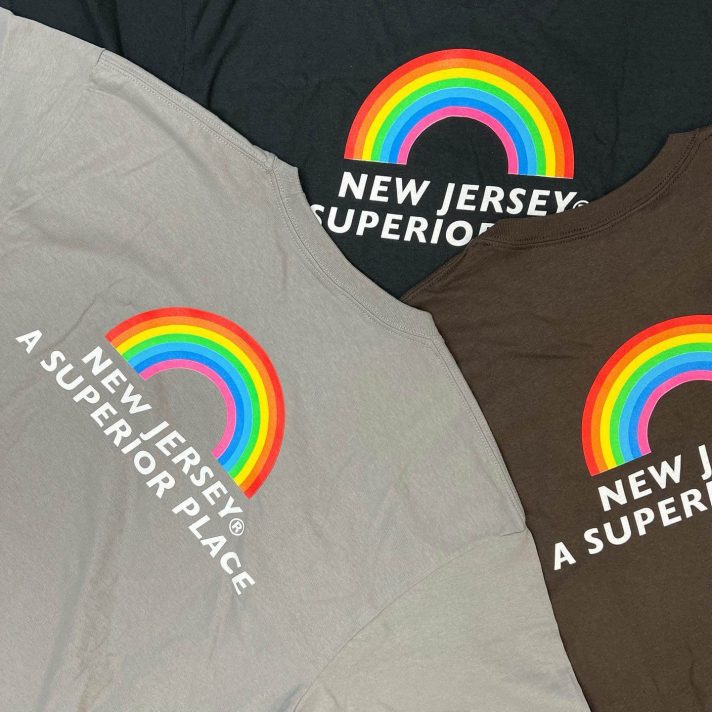
Bratrud says he’s created art for at least 50 skateshops, with much of it ending up on shirts. His approach to making art for shops mirrors the tees he wants to buy. “It’s more fun to dig in with the shop locals and figure out what’s super specific to them,” he says. One shop he’s worked with extensively is NJ Skateshop. Bratrud says nearly everything he’s done for NJ references New Jersey, sometimes diving deep into the state’s history. It could be something about a local pencil factory, or an idea he recalls that was a little too wild: Bruce Springsteen in Tiananmen Square.
“We don’t want to pigeonhole ourselves to Jersey, but it’s inevitable. Jersey is everywhere,” says Steve Lenardo, cofounder of NJ Skateshop. He describes the shirt design process as “a lot of brainstorming, taking the time to look up facts about the state, information I hear, something that’s funny.” He says sometimes shirts are about Jersey, but indirectly, maybe with a Jeff Phillips reference thrown in. “We took the state of Texas once, put a cowboy hat on it and wrote, ‘Don’t Mess With New Jersey.'”
Shop shirts, just like skateboard graphics, are ripe for references, along with straight-up bites. Lenardo points to an “NJ ALL DAY” shirt that borrowed freely from DGK. It wasn’t his favorite. “That shirt I hated, but it sold so much,” he says, adding that the graphic has had a long afterlife. “Our shirts get bootlegged and they’ll be all over the Jersey Shore in those [souvenir] stands.” There are other graphic bites that are so widespread that they become their own genre. “Every shop has done their own take on the Bad Brains ‘Banned in DC’ graphic,” Luecke says.
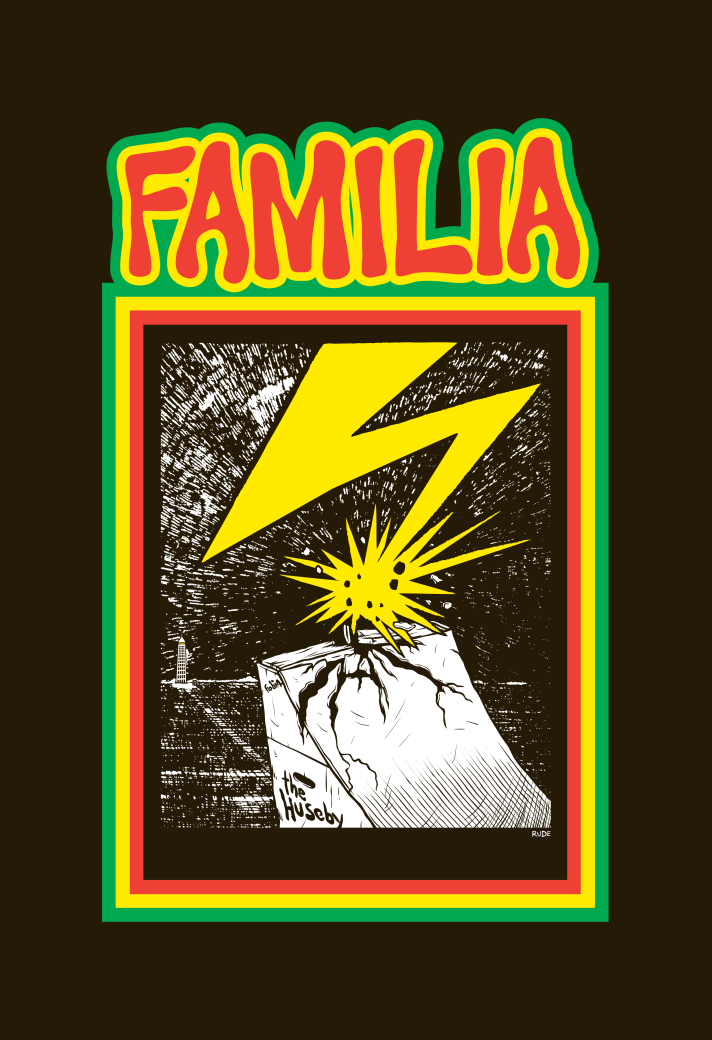
Lenardo says he’s moved past “putting spins on stuff,” because word travels so fast on the internet. The original NJ logo, created by Bratrud, was inspired by the iconic New York Yankees logo. The NJ Skateshop version went away, Lenardo says, after it showed up on a Brian Wenning DC shoe, which was then brought to the attention of Major League Baseball. That attention resulted in a cease and desist letter, and the destruction of anything remaining that bore the logo. “They could have taken us over the coals, but didn’t,” Lenardo says.
However, shops can and do work within the framework of U.S. copyright law. Miami’s Andrew Skateshop collaborated with the NFL’s Miami Dolphins to mark the 50th anniversary of the team’s undefeated 1972 season. Pres Rodriguez, a co-founder of Andrew and the shop’s creative director, says that the NFL and the team were welcoming partners. “The Dolphins were a great organization to work with,” he says, “that was the most pleasant corporate business I’ve done, and I used to work in advertising.” The team showed an Andrew edit to promote the collaboration on the jumbotron during a game. The clothing, including a Dolphins x Andrew shirt — available both through the shop and on NFL.com — sold out that day.
Andrew shop gear has found notoriety in other ways. Zendaya of HBO’s Euphoria wears an Andrew tee on the season two episode, “Out of Touch.” Rodriguez says the upside of a shop shirt showing up on TV isn’t what it may seem. “‘Yo, you guys must be blowing up now because of Euphoria!’ We sold a lot of that shirt,” he says. “I think the bigger benefit is exposure, when you walk into a room to talk about another collaboration, it opens doors.”
Rodriguez says some of his favorite collaborative work, beyond that with the Dolphins, was with Versailles, a Cuban restaurant and Little Havana institution. “It has a specific look and very specific branding. Growing up, it was a treat going to Versailles. It felt special.” Those two collabs, he says, are “like the Miami-kid dream come true. It’s something my mom can understand — that’s how you know it’s important.”
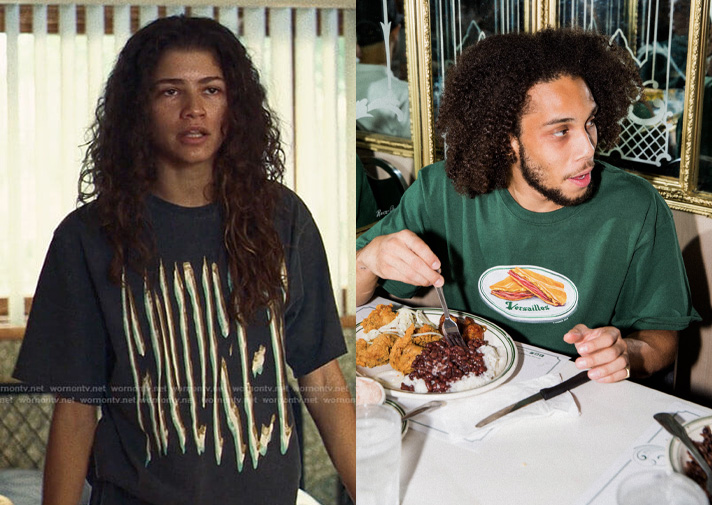
There are, of course, shop tees that no one understands — only their creators. James Rewolinski, founder of New York’s Labor Skateshop, has created a successful brand (the shop logo that first comes to mind is called the “crest” and was created by Joe Misurelli) alongside his shops, but says one of his favorite shop tees was an absolute flop. He says he and his wife are big fans of the English rock/rave crossover band, The Happy Mondays, which released a 1990 tour video called Happy Mondays: Call the Cops. Their fandom resulted in a shirt that said “Labor Skateshop Call the Cops.” It landed with a thud. “Sometimes you make something [that] you think is the coolest shirt ever and nobody cares,” Rewolinski says.
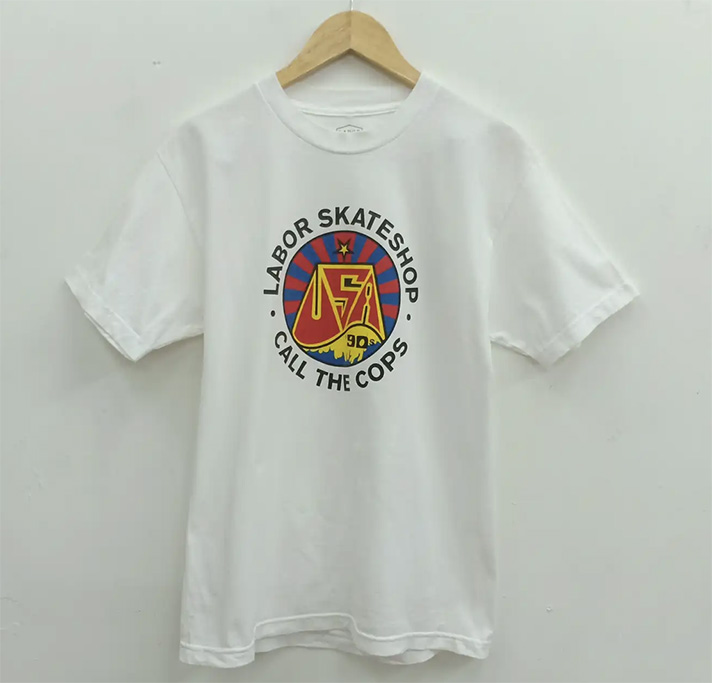
📷 Photo via Grailed
What’s at play when people do care about a shop’s t-shirt? “It’s a show of support and a connection with a place or a group of people you like and want to be affiliated with,” says Rewolinski. “It’s a cool little postcard thing, but it’s something you can wear.” And while localism and a specificity of place help make a shop’s shirt something to be coveted, it doesn’t always have to be that way, says Rodriguez — referencing Supreme and Palace — which are both tied to where they’re from while being global brands. “I don’t necessarily love the word ‘local,’ I think it’s limiting,” he says. “We’re trying to expose the entire planet to what we’re doing.”
“Doing,” in terms of shops making their own shirts or hats — or collaborative Miami Dolphins varsity jackets — is “the most important piece of the puzzle,” says NJ’s Lenardo. “It’s more important to carry your own gear before anyone else’s. Because it’s your freedom, it’s your expression of your shop and where you’re at.”
Sky High’s arch logo tee is a wonderfully simple expression: a cool phrase that looks cool on a t-shirt. Better yet, says Polansky, Sky High’s owner, is that he doesn’t know the meaning behind the name. The original owner, now a franchisee with Culver’s, a Midwest burger joint, would never tell him the story behind it, he says.
But the shirt has stories. Polansky says when Mike Maldonado came through the shop, he gave Maldonado one of the shirts. He loved it, wore it for the rest of the trip, and got some clips in it. The former owner of Sky High used to send Greg Hunt and Quim Cardona boxes of shop gear; Polansky says he just sent Cardona more Sky High gear last year. “That’s what always happens. People get that shirt and it becomes their favorite.” There was another time Polansky and a dozen friends rolled into a Chicago warehouse party, all in the shirt. A guy who saw them walking up said they looked like a gang.
In the case of Kenny Reed, Polansky says he had been aware that Milwaukee-native Joel Meinholz was on whatever trip that was, and that he was the source of the shirt. Later, Polansky says he heard from a friend who’d run into Reed. The friend introduced himself and then told Reed, “It was really cool — that photo you got in that Sky High shirt.” Polansky says Reed met the friend with a blank stare. “I just needed a clean shirt.”
And yet: if you know, you know.


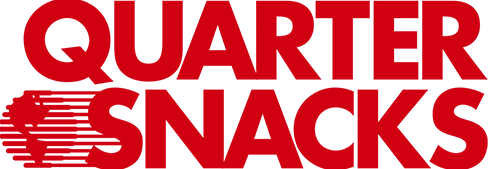
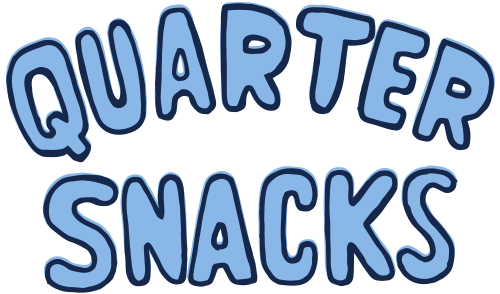
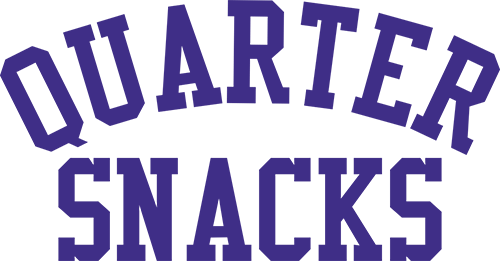

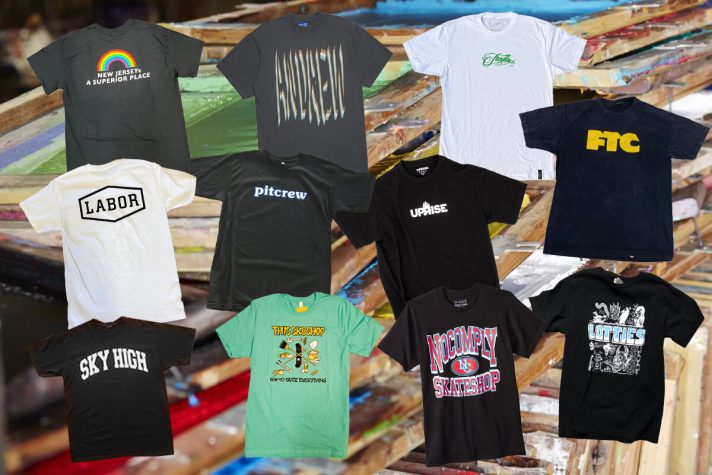
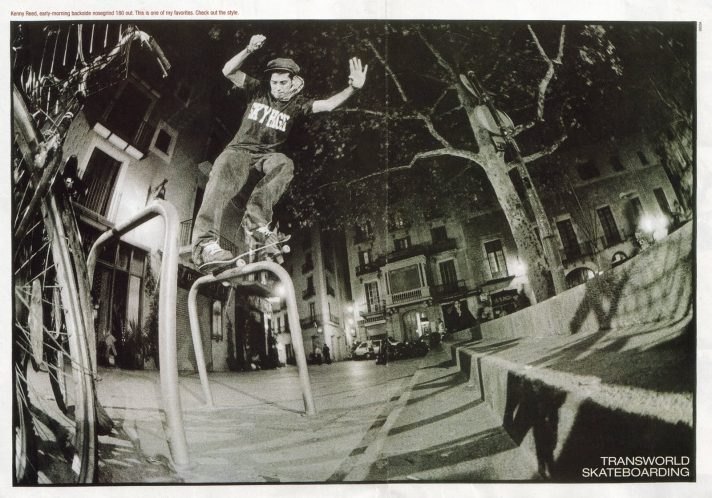
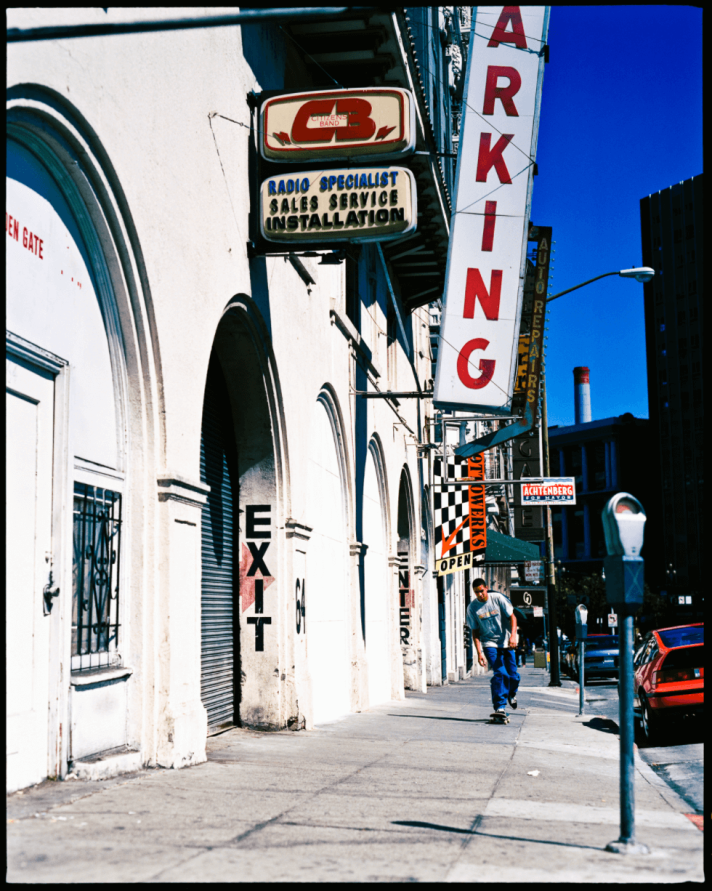
this is why i check this blog every day, man
what a great little essay
^^ what he said. Brilliant work here.
Johnny Fonseca!
Good shit. Thank you Munzy for the deep dive.
Nice work, I visited Andrew Skateshop today and it definitely gives local / esoteric miami vibes. That’s what’s so good about these skate shops, the shirts represent that you know about these smaller local scenes. Great article
No mention of autumn smfh
Autumn been closed for 10+ years breh. Time for a new personality.
Familia stole the name from the board company in south africa
When I was living in Sunnyside, Queens in 2006, my friend Neil came out to NYC, got absolutely smashed at Max Fish, gave his SKY HIGH shirt to Jason Dill because he said he loved it. Rode home to my couch in Queens without a shirt after the bar closed at 4 am. Got lost on the subway and eventually found himself at 8 am on the 7 train with his armpit in a packed trains face. Sky High and Uprise 4ever.
Great piece. Always wanted a Pit Crew shirt.